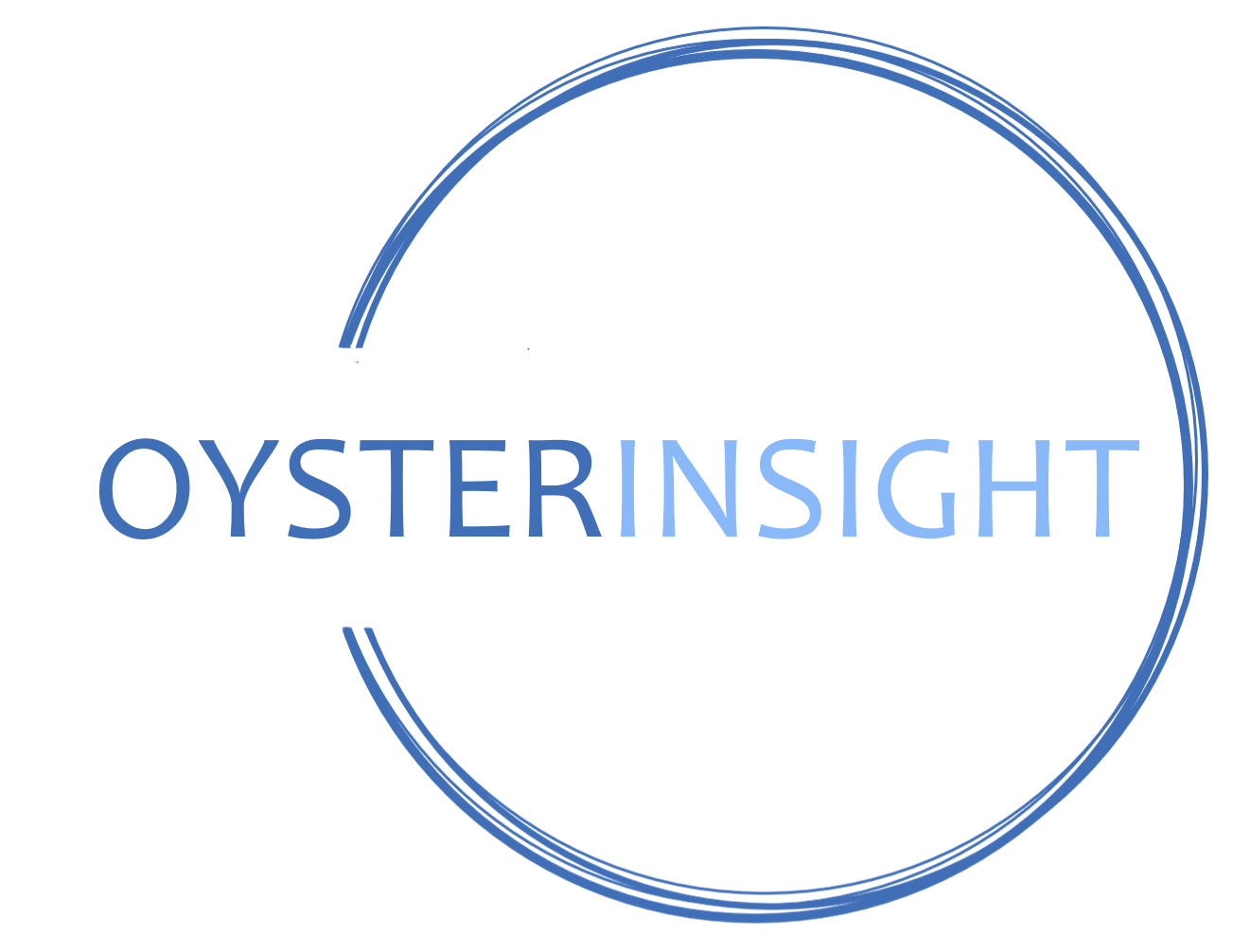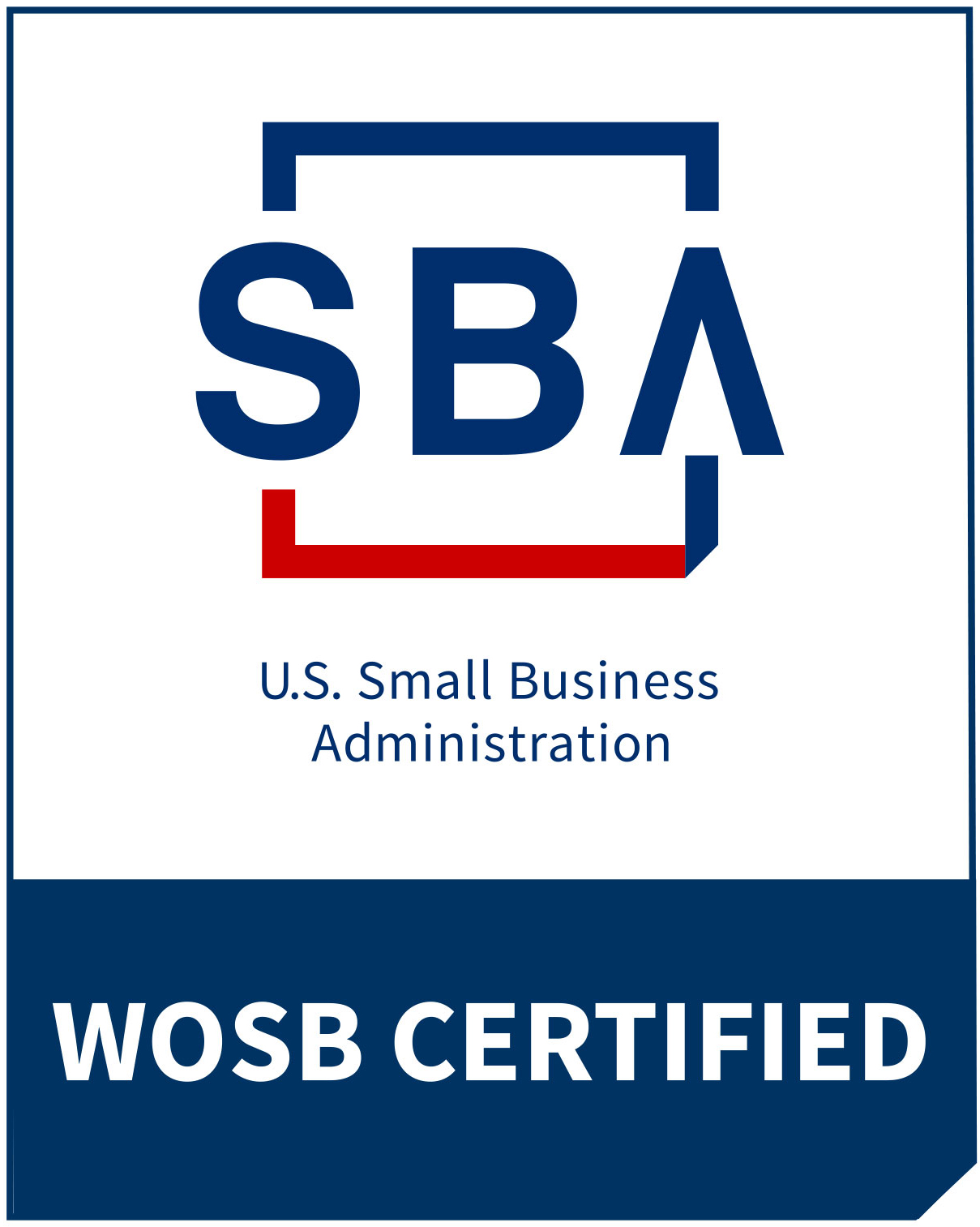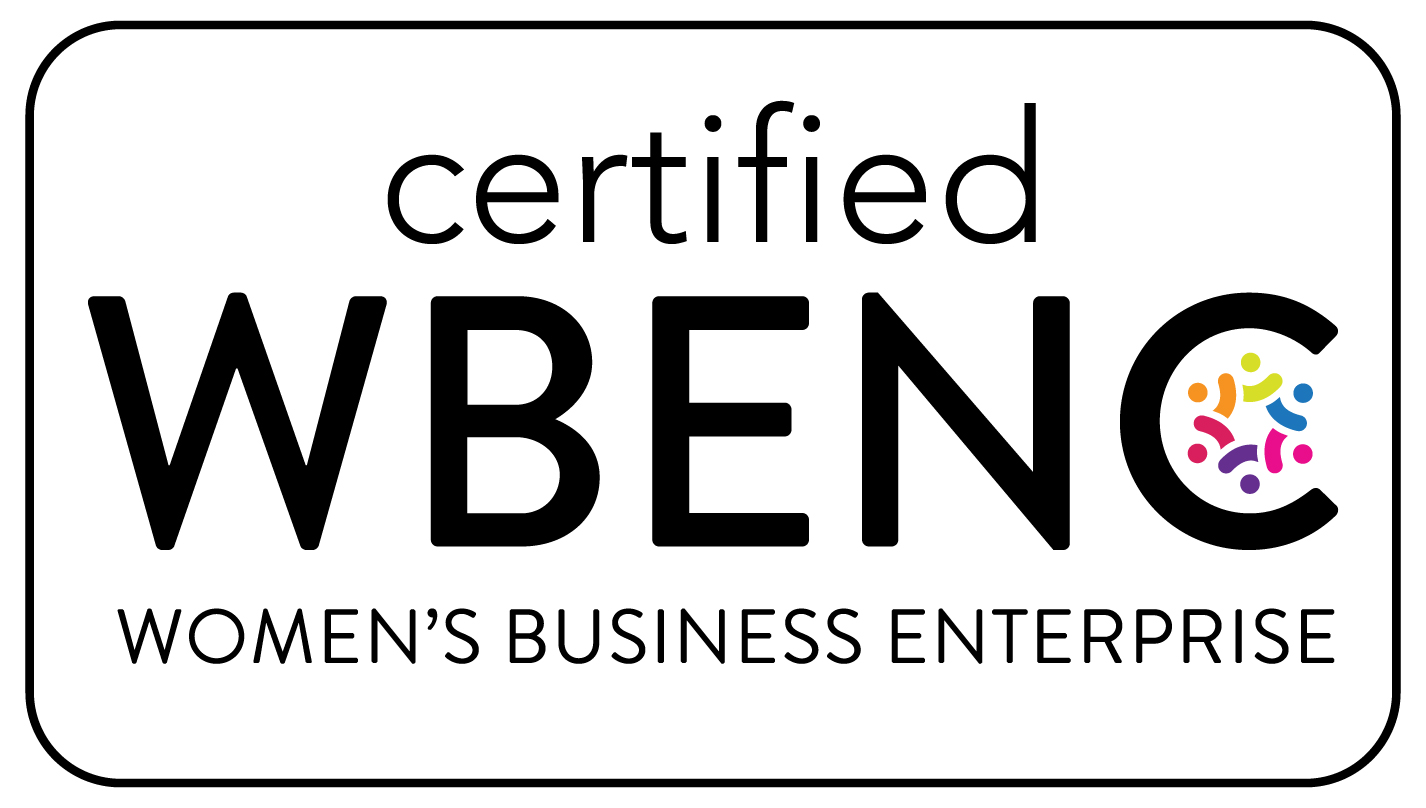Leadership development is a vital investment for organizations aiming to stay competitive in today’s dynamic business landscape. Yet, too often, training programs fail to deliver the promised results, leaving organizations with a diminished return on investment and leaders who are no better equipped to handle the complexities of their roles.
Let’s explore some of the biggest risks associated with leadership development and how we can mitigate them.
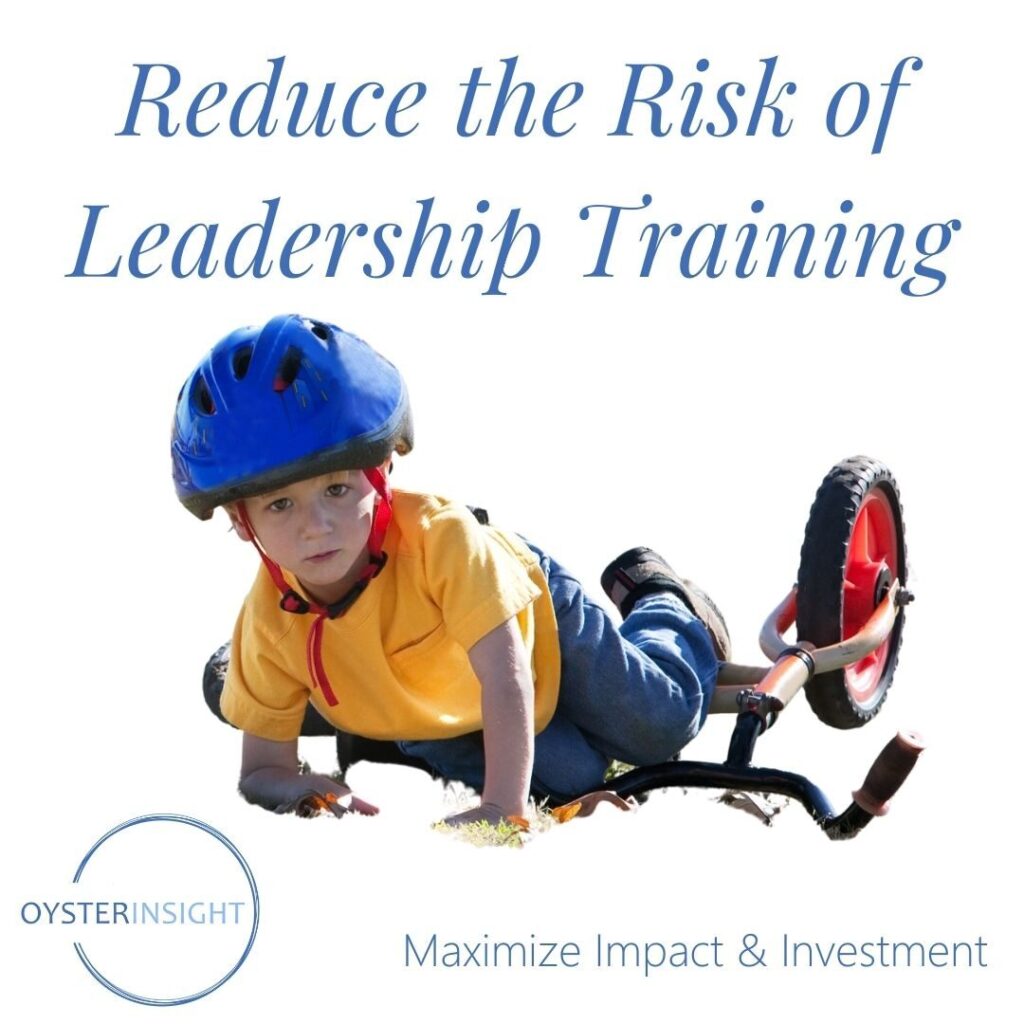
The Biggest Risks of Leadership Development
1. Training is Ineffective:
Many programs lack real-world application and the opportunity for participants to incorporate their own personal strengths, leaving participants with theory that they struggle to implement in practice. Without tangible outcomes, even the best-intentioned programs fall short, making the training ineffective.
2. Loss of Confidence in Leadership:
Leaders resent wasted time on ineffective programs and become suspicious of suggestions for structured improvement, eroding a culture of continuous improvement. When training does not deliver, it’s not just the leaders who suffer. Teams lose confidence in their leaders, eroding trust and ultimately impacting organizational performance.
3. Investment Wasted:
Leadership training requires significant investment, both in terms of time and resources. When programs don’t yield results, organizations end up wasting precious resources without gaining any substantial improvement.
Contemporary Leadership Development
Many organizations fail to address the unique learning needs of today’s leaders. With today’s dynamic business climate, training must be more than just instructional; it must be applicable, personalized, and directly related to the challenges leaders face. As leaders become more sophisticated, so, too, must their learning options.

The Evolution of Learning: From Andragogy to Heutagogy
Leadership development must evolve beyond traditional approaches and take advantage of the latest in proven methodologies. Here’s where the distinctions between pedagogy, andragogy, and heutagogy come into play:
1. Pedagogy: The classic approach to learning, typically instructor-led, focusing on engagement with the material.
2. Andragogy: Emphasizes self-directed learning, where adults are motivated by internal drives and seek to apply knowledge to real-life situations.
3. Heutagogy: A newer theory, emphasizing self-determined learning. Leaders today must be prepared for complex, rapidly changing environments, and heutagogy helps them develop not just skills but the capacity to continue learning and adapting.
By incorporating a mix of these approaches, leaders can be met where they are in terms of learning desire and style.

Enhancing Learning Through Double-Loop Learning
To ensure effective leadership development, it’s essential to go beyond single-loop learning (solving problems within existing frameworks) and embrace double-loop learning, where leaders challenge their own assumptions, values, and behaviors. This deeper reflection enhances both how they learn and how they apply that learning in new and more complex situations.

Integrated Leadership Development
Only 15% of knowledge is acquired in a formal learning setting. Therefore, an effective leadership program doesn’t rely solely on formal instruction. Instead, it incorporates a blend of learning approaches to ensure real-world application. These include:
- Formal Content Presentation: Ensures leaders understand the theory.
- Experiential Learning: Gives leaders hands-on experience.
- Group Processing: Facilitated group discussions in formats such as cohorts and masterminds allow leaders to process and connect their learning with their real-world challenges.
- Personal Reflection: Encourages leaders to adopt ideas that resonate with their personal leadership styles.
The best leadership programs balance the formal (15%) with the informal (85%) to ensure that leaders can immediately apply what they’ve learned in their day-to-day roles.

Maximizing Effectiveness: Personalized Development
What’s the key to maximize effectiveness? It’s crucial to offer personalized follow-up. One-on-one sessions, coaching, and facilitated masterminds, cohorts, and retreats are just some of the methods that can help leaders connect, reflect, integrate, and apply their learning – in their own style.
Additionally, programs that offer ongoing support—such as follow-up sessions and mentorship—are more likely to see successful outcomes. By providing opportunities for continuous development, organizations can reduce the risk of leadership development failure, ensure a strong return on their investment, and create a culture of continuous improvement.

For more information on a contemporary approach to leadership development, contact Oyster Insight.
